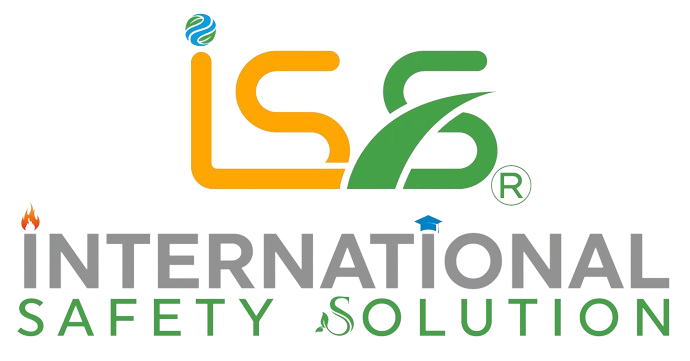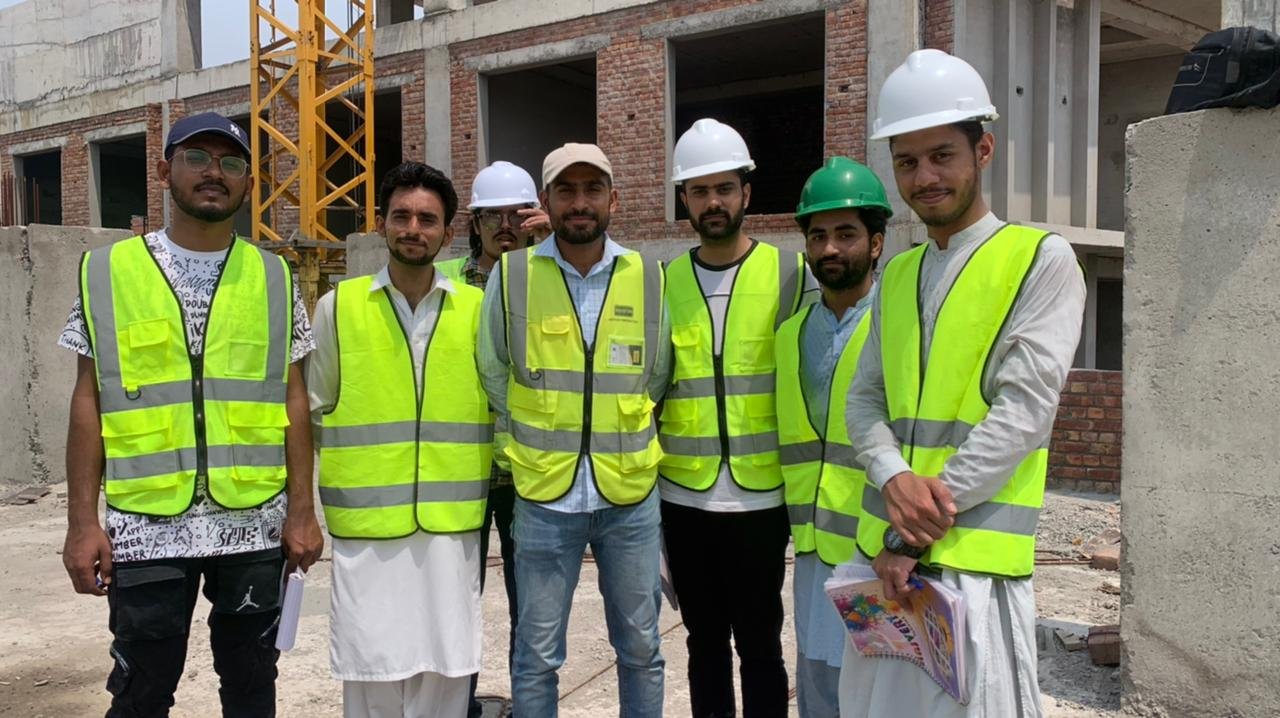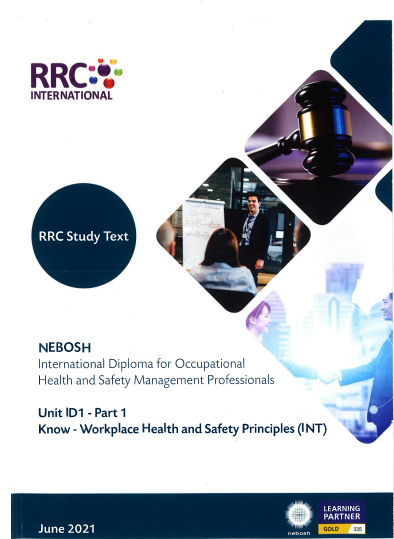Introduction
Construction sites are dynamic and bustling environments where multiple activities take place simultaneously. With heavy machinery, elevated structures, and numerous workers involved, ensuring safety becomes paramount. Construction site safety encompasses a range of practices, protocols, and preventive measures aimed at mitigating risks and protecting the well-being of workers and visitors alike. In this blog, we will delve into the key aspects of construction site safety and provide valuable insights into creating a safe working environment.
Understanding the Importance of Construction Site Safety
The human cost: Highlighting the potential dangers and hazards that exist on construction sites and emphasizing the importance of prioritizing safety to prevent accidents and injuries.
Legal and financial implications: Discussing the legal requirements and financial consequences associated with inadequate safety measures, including fines, litigation, and project delays.
Identifying Construction Site Hazards
Common hazards: Outlining the most prevalent hazards found on construction sites, such as falls from heights, electrical hazards, hazardous materials, and struck-by or caught-in-between incidents.
Site-specific risks: Emphasizing the need to assess and address site-specific hazards that can vary depending on factors such as location, weather conditions, and project scope.
Implementing Safety Policies and Procedures:
Developing a safety plan: Outlining the key components of an effective safety plan, including hazard identification, risk assessment, emergency procedures, and regular safety inspections.
Training and education: Discussing the importance of comprehensive safety training for workers, supervisors, and subcontractors, covering topics such as personal protective equipment (PPE), equipment operation, and emergency response protocols.
Promoting a Culture of Safety
Leadership and accountability: Exploring the role of project managers and supervisors in setting the tone for safety, fostering a positive safety culture, and ensuring compliance with safety standards.
Worker involvement: Highlighting the significance of worker involvement in identifying and mitigating safety risks, encouraging reporting of near misses, and fostering open communication channels.
Utilizing Safety Equipment and Technology
Personal protective equipment (PPE): Detailing the types of PPE commonly used on construction sites and stressing the importance of proper selection, usage, and maintenance.
Innovative safety technologies: Discussing the advancements in construction site safety technology, such as wearable sensors, drones for site inspections, and virtual reality training tools.
Regular Site Inspections and Audits
Site inspections: Highlighting the necessity of regular site inspections to identify potential hazards, address safety deficiencies, and ensure ongoing compliance with safety regulations.
Safety audits: Explaining the purpose of safety audits, their role in evaluating the effectiveness of safety programs, and providing guidance on conducting thorough audits.
Continuous Improvement and Lessons Learned:
Incident investigation and analysis: Exploring the importance of conducting thorough investigations following accidents or incidents, identifying root causes, and implementing corrective measures to prevent recurrence.
Sharing lessons learned: Encouraging the construction industry to share experiences, best practices, and lessons learned to collectively enhance safety standards and prevent future accidents.

Conclusion
Construction site safety is an ongoing and collaborative effort that requires a proactive approach from all stakeholders involved. By prioritizing safety, implementing robust policies and procedures, fostering a culture of safety, and utilizing technology and equipment effectively, construction sites can become safer environments for all. Remember, investing in safety today ensures a more secure and prosperous future for everyone involved in the construction industry.





